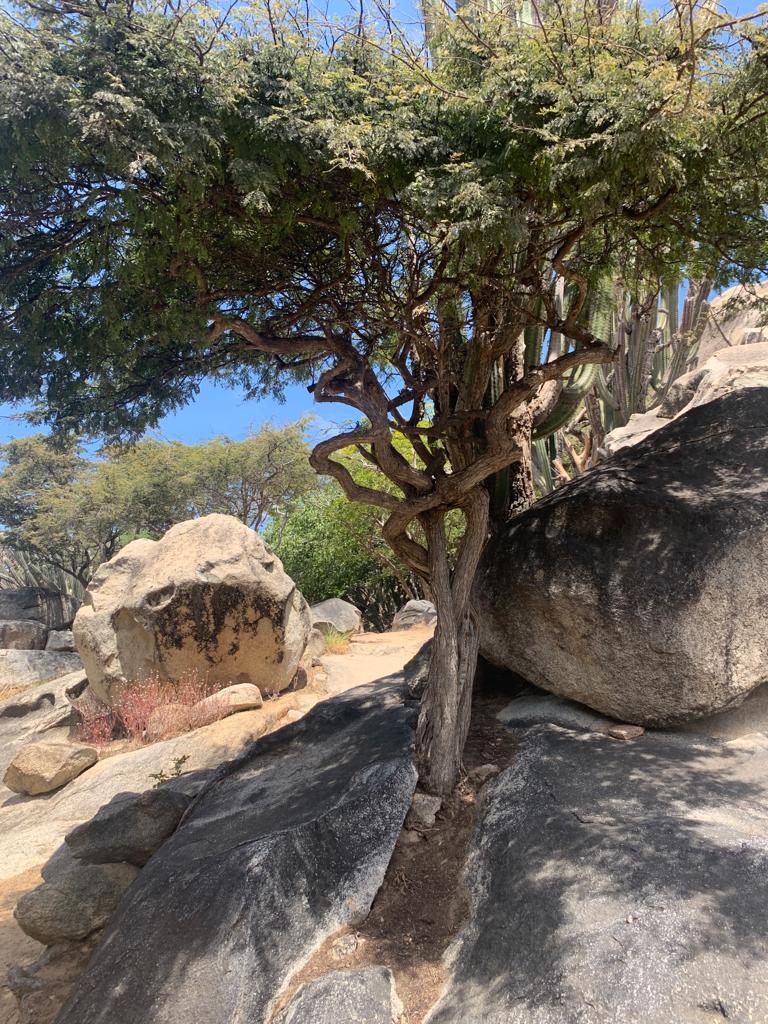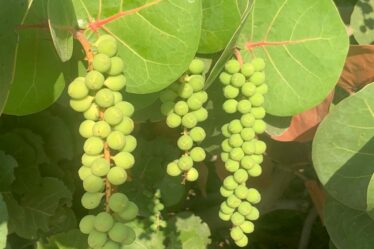
The Divi Divi tree, scientifically known as Caesalpinia coriaria, belongs to the Fabaceae family. Here are some more details about the Divi Divi tree.
Habitat
The Divi Divi tree is native to arid regions of the Caribbean, including Aruba, Bonaire, and Curaçao, as well as parts of Central and South America. It thrives in dry and windy coastal areas with poor soil conditions.
Appearance
The Divi Divi tree is a small to medium-sized deciduous tree that typically reaches a height of about 10 to 15 feet (3 to 4.5 meters). Its crown is characterized by wide-spreading branches that grow in a symmetrical manner, giving it a unique, umbrella-like shape. The trunk is short and often gnarled, with smooth, greyish bark.
Leaves
The leaves of the Divi Divi tree are bipinnately compound, meaning they are divided into smaller leaflets. The leaflets are small, oblong, and arranged in pairs along a central stem. They have a leathery texture and a bright green color.
Flowers
The Divi Divi tree produces small, yellow flowers in dense clusters. The flowers are fragrant and attract pollinators, such as bees and butterflies. They bloom during the spring and summer months.
Fruits
After the flowers are pollinated, the Divi Divi tree develops seed pods. The seed pods are flat, brown, and elongated, measuring about 3 to 4 inches (7 to 10 centimeters) in length. Inside the pods, there are small, hard seeds.
Environmental Adaptations
The Divi Divi tree is well-adapted to arid and windy environments. Its unique, southwestward-bent shape is a result of its response to prevailing trade winds. The trees have evolved to reduce water loss through transpiration by orienting their branches against the wind, which helps minimize water evaporation from their leaves.
Traditional Uses
The Divi Divi tree has been used for various traditional purposes. The bark and pods contain tannins and have been used for tanning leather. In some cultures, the bark has been used medicinally to treat conditions such as diarrhea and dysentery. The wood is hard and durable, making it suitable for construction and carpentry.
The Divi Divi tree’s distinctive appearance, ability to withstand harsh environmental conditions, and cultural significance have made it an iconic symbol in the regions where it is found. It continues to be cherished for its beauty, resilience, and unique characteristics.

